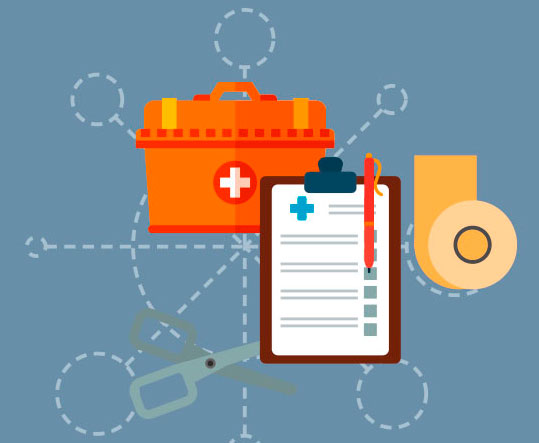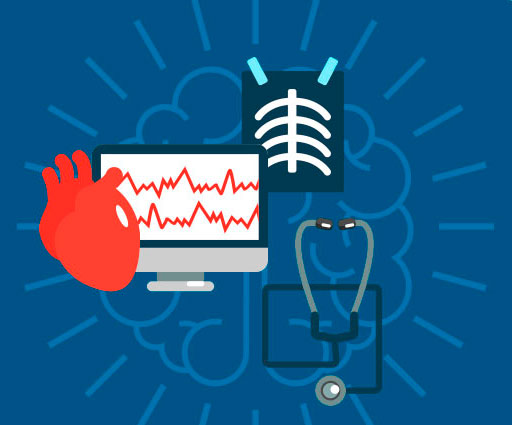FIRST STEP: HYPOTHESIS FORMULATION
This involves automatic and subconscious clinical pattern recognition in the case presented, which will lead you generate hypotheses (the best diagnosis, the best tests to do, or the best treatment) based on your own experience with similar cases.

SECOND STEP: CLINICAL DECISION MAKING
The simulator presents different clinical situations for the same case in which, for a given hypothesis about the diagnosis, complementary tests, or treatment, new information is added, forcing you to reflect on and come to a decision about the impact of the new information on the proposed hypothesis.

THIRD STEP: OBSERVATION OF RESULTS
At the end of each exercise, the simulator provides personalized performance indicators to facilitate efficient reflection on what happened by showing you the possible results from multiple points of view and alternative decisions about the same case.
This is exciting—you feel immersed in a debate with colleagues and experts to decide the best approach for a real patient.

Our personalized help center enables you to obtain technical support and help for navigating through the site and using the program.